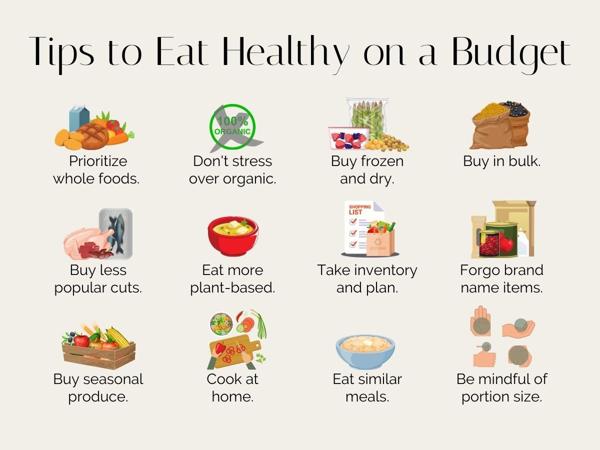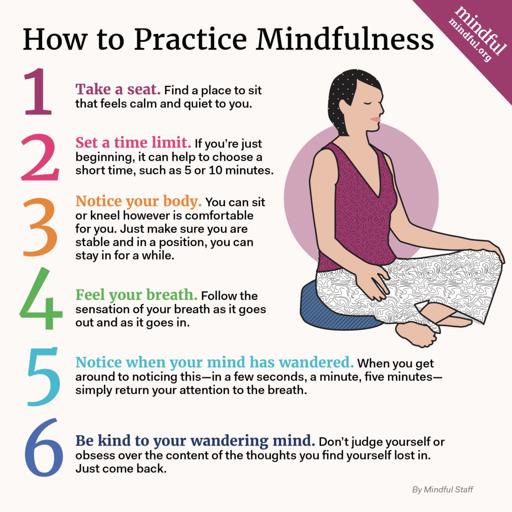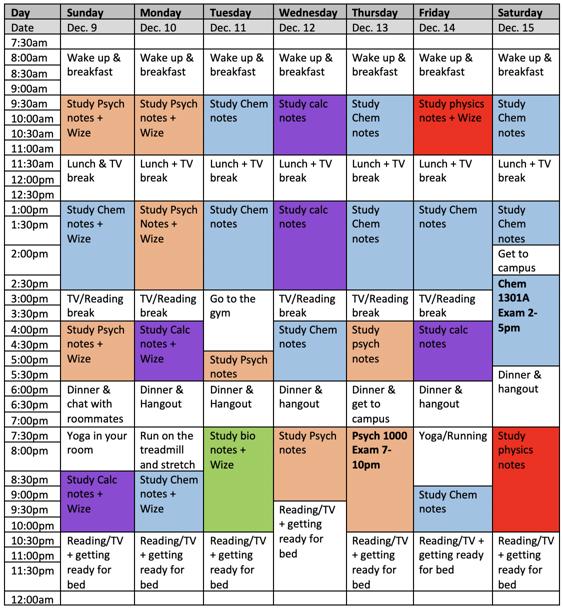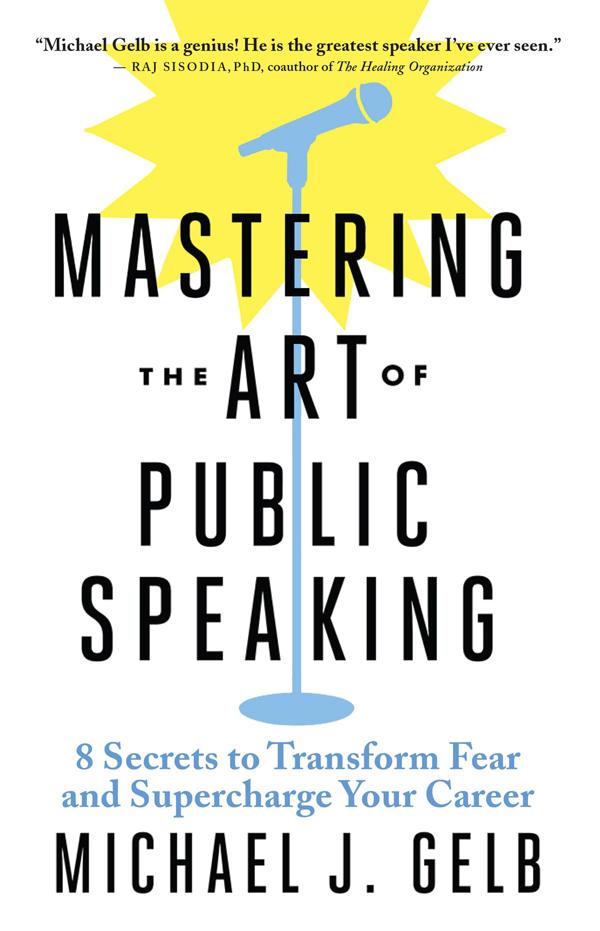How to Create a Balanced Diet on a Budget
Creating a Balanced Diet on a Budget: A Step-by-Step Guide

Frequently Asked Questions
Inexpensive sources of protein include beans, lentils, chickpeas, eggs, and canned fish like tuna or salmon. These options are affordable, nutritious, and versatile for many dishes.
Meal prep allows you to buy ingredients in bulk, reduce food waste, and avoid the temptation of dining out. By having meals ready to go, you're more likely to stick to your budget and dietary intentions.
Step by Step Guide
1
Understand Your Nutritional Needs
Start by understanding the basic components of a balanced diet. This includes carbohydrates, proteins, fats, vitamins, and minerals. Familiarize yourself with recommended daily intake values based on age, gender, and activity level.
2
Plan Your Meals
Draft a weekly meal plan that incorporates variety and balance. Use inexpensive yet nutritious ingredients like beans, rice, vegetables, and fruits. Planning helps avoid impulse purchases and reduces food waste.
3
Create a Shopping List
Based on your meal plan, create a detailed shopping list and stick to it to avoid overspending. Organize your list by store sections to make shopping more efficient.
4
Shop Seasonally and Locally
Purchase fruits and vegetables that are in season and sourced locally. They tend to be cheaper and more flavorful. Explore farmers’ markets and discount stores for great deals.
5
Buy in Bulk
Take advantage of bulk buying for non-perishable items like legumes, grains, and nuts. Buying larger quantities can save you money in the long run, especially if you can share with family or friends.
6
Choose Whole Foods Over Processed Foods
Opt for whole foods such as grains, fruits, and vegetables instead of processed food. Whole foods are usually healthier and more cost-effective over time.
7
Cook at Home
Preparing meals at home is usually cheaper and healthier than dining out. Use basic cooking techniques that don’t require fancy equipment, such as boiling, steaming, or roasting.
8
Use Leftovers Creatively
Turn leftovers into new meals. For example, use leftover chicken in a stir-fry or make a salad with leftover roasted vegetables. This reduces food waste and saves you money.
9
Incorporate Plant-Based Proteins
Integrate more plant-based proteins like lentils, chickpeas, and beans into your diet. They're often cheaper than meat and provide essential nutrients.
10
Stay Hydrated
Drink water as your primary beverage. It's budget-friendly and essential for health. Limit sugary drinks that can add up in cost.
11
Check for Discounts and Coupons
Keep an eye on store discounts, loyalty programs, and digital coupons. They can significantly reduce your grocery bills.
12
Track Your Spending
Monitor your grocery spending regularly. This helps you identify where you can cut costs and plan better in the future.








